Performance – Max & Speed Percentage
Max RPM, CFM, Pressure & Power
The fan’s maximum speed is high, exceeding 3000 RPM, but the airflow is notably low. The fan performs better in static pressure but is still away from competing offerings from Phanteks and Super Flower. The only good news is that it keeps its power consumption low, meaning the motor’s stress is low. I expected way higher performance, especially in airflow. The design needs improvements.
10-100% Fan Speed Percentage
Since most fan control ICs don’t apply precisely the percentage of RPM speed that you want (e.g., 50% PWM for a 2000 RPM fan should be 1000 RPM), I used to find the fan’s maximum speed and then dial directly the fan speeds that corresponded to 10%, 20%, and so on of its maximum rated speed. I decided to stop doing that. So from now on, in all of my fan evaluations, I will dial the corresponding PWM value in 10% steps to also check how accurate its fan controller is and for my noise results to align with the airflow and static pressure results from the Longwin apparatus where I don’t use RPM but PWM control for all testing.

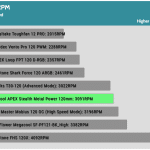
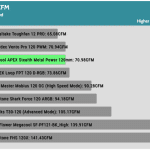
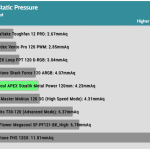
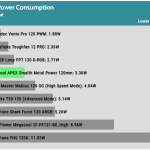

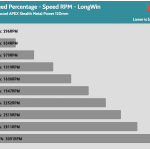
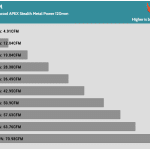
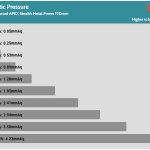
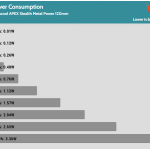
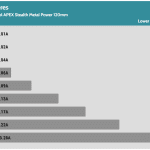

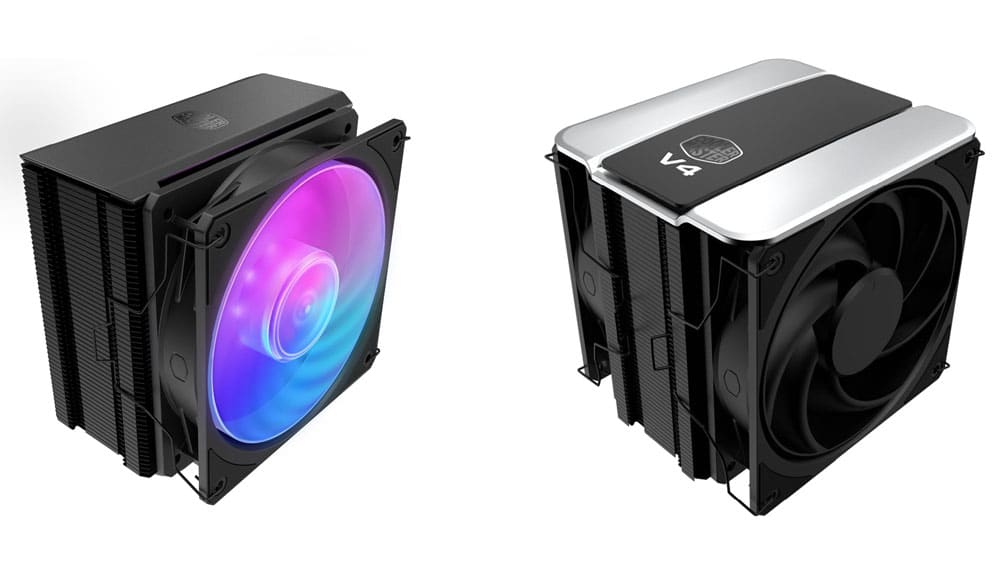

Is there a wiring diagram available for the Alphacool Apex Stealth 2000 fan? We are using in a non-computer application & need to know which wire/pin is ground.
usually the black pin is ground
The Phanteks T130-120 might not leave room for competition, but it’s the only one 30 mm high, instead of 25 as all the others.
Looks a tiny bit unfair this way, if you ask me.
Very good review. Love the page 8 normalized noise tests.
– Woud love a ”real world” thermal test like der8auer did with a radiator too. Lot of numbers, cfm, noise etc but what does it translate in °C ?
– Wish you added to the charts : Noctua NF-A12x25 PWM /// be quiet SILENT WINGS PRO 4 120mm PWM /// ARCTIC P12 Max
And when you hit the max speed for exemple noctua remove it for the later stages.
I usually set my fans 800-1000 RPM idle and 1300-1800 for gaming.
We will add more soon. We are re-testing most stuff right now.
A real-world test would only cover 1% of all possible scenarios because some radiators need high airflow, others high static, and others a mix.
In the real world, you see static in cooling systems and airflow for chassis use.